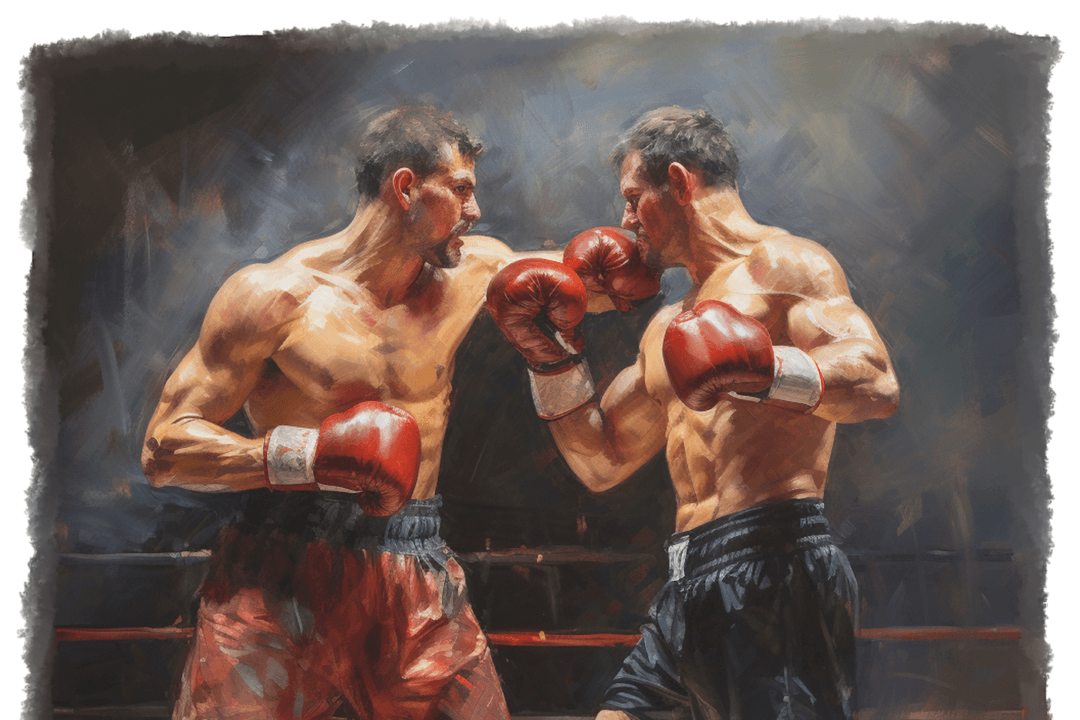Recently, my brother and I were discussing bad habits and how to get rid of them. For more than 25 years, Doug owned a sailboat on the Carolina coast, and he sometimes thinks in nautical metaphors. He pointed out that some bad habits were so engrained in us that the time and effort required to eliminate them might be compared to an ocean-going supertanker.
“Those ships are carrying so much weight,” he said, “that they take forever to stop or reverse course. Getting rid of a really bad habit works the same way.”





